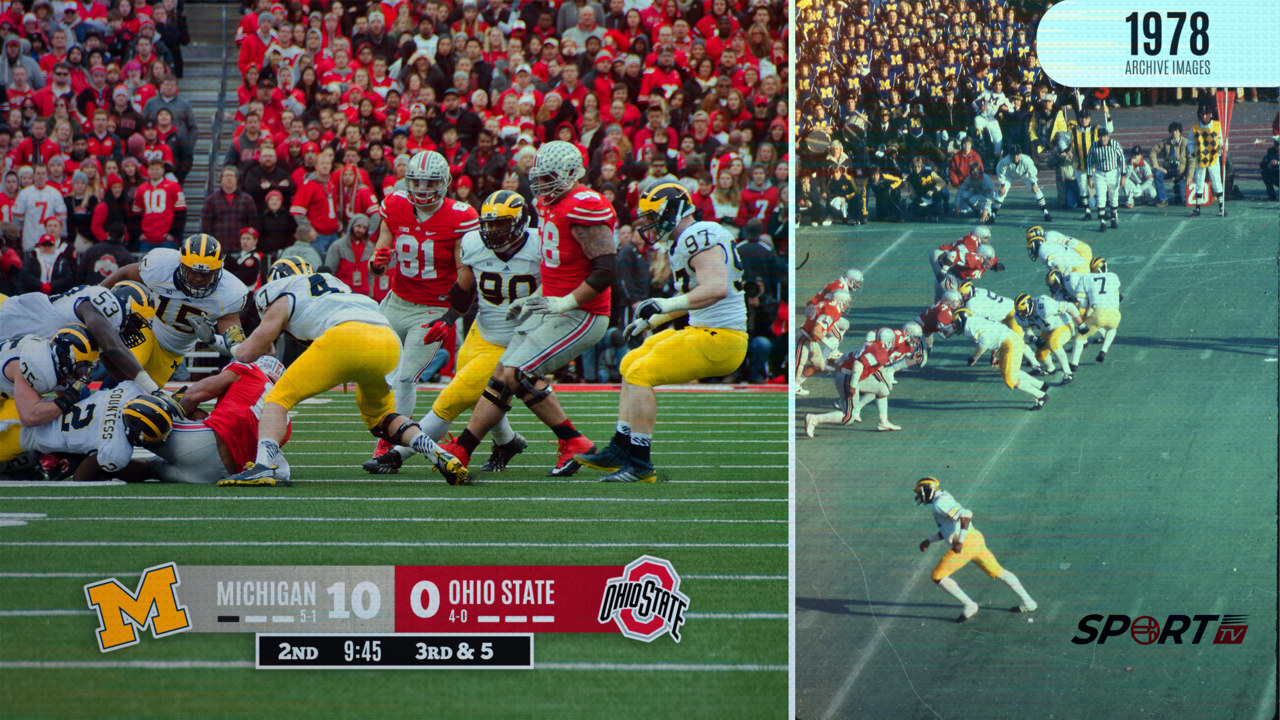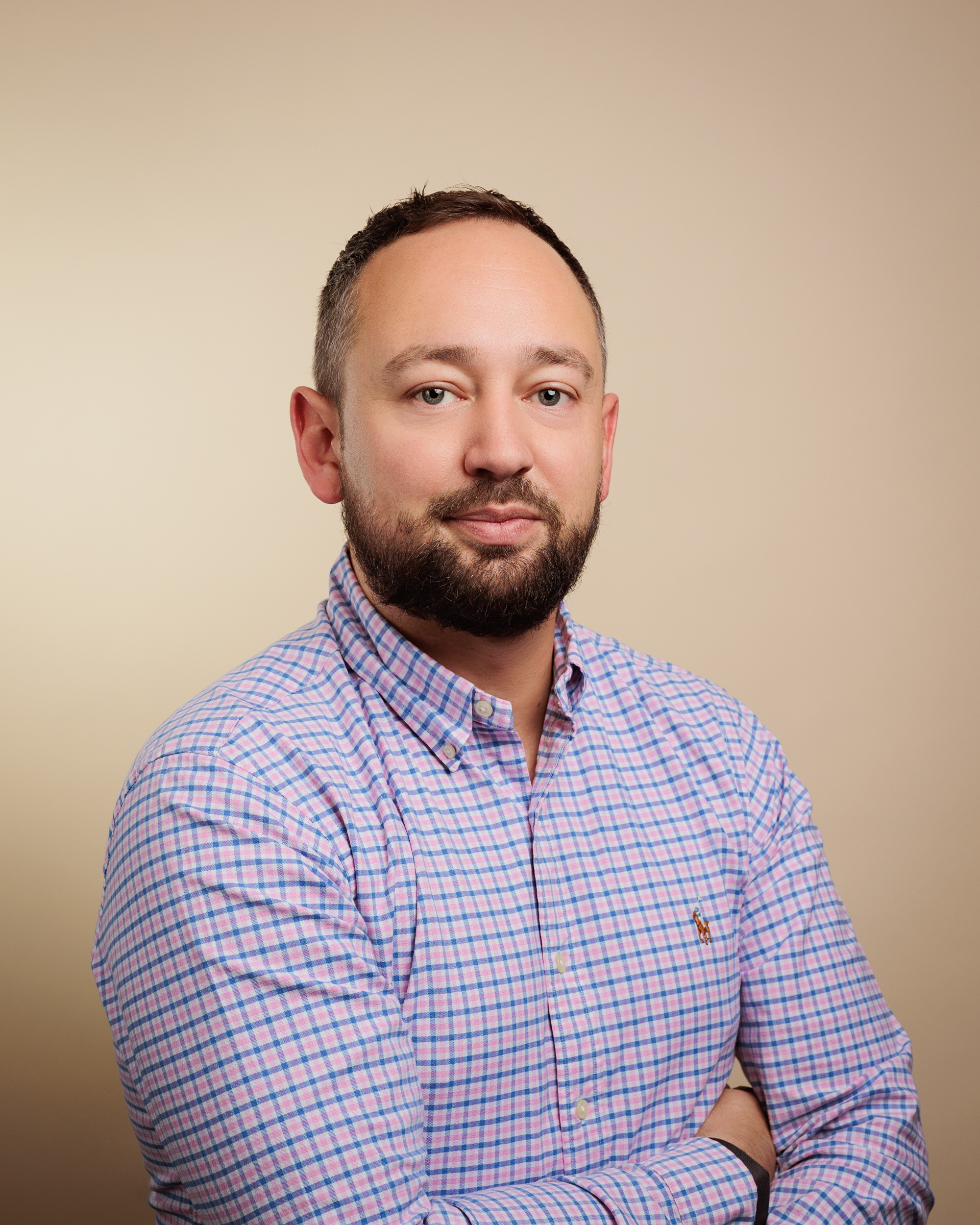The Impact of Generative and Multimodal AI on Sports Media Asset Management
Ultimately, the end game is to make sports content more relevant and engaging for viewers, while also saving content providers significant time and money

As sports continue to captivate global audiences, the demand for high-quality, engaging, and easily accessible content has never been greater. And in the dynamic world of sports media, managing and extracting value from vast libraries of live and archived sports video content has always been a Herculean task.
Advancements in AI, however, are revolutionizing the way broadcasters, content providers, and sports organizations approach media asset management. This article will explore the impressive power of generative and multimodal AI, and this technology’s role in reshaping the landscape of live and archive media asset management for sports.
Distinguishing Between Generative and Multimodal AI
Generative and multimodal AI are transforming media asset management workflows for sports, albeit in slightly different ways. Generative AI is a specific application of machine learning (ML) that uses deep-learning models to generate high-quality text, images, and other content — usually based on a text input.
Multimodal AI is what’s under the hood. Thanks to this technology, media professionals can now deeply understand a video through its sound, speech, music, images and even context, and then feed GenAI models with accurate descriptions to generate even more metadata.
When combined, generative and multimodal AI can also produce impressive transcriptions and translations of dialogue in video files in hundreds of languages. By tapping into collective memories, personal learnings, and the notion of space and time, metadata applied through multimodal AI indexing leads users to the exact moment they’re looking for in a sports game, and gives them the precise context they need.
How Generative and Multimodal AI is Enhancing Live Sports Broadcasts
According to Allied Market Research, global artificial intelligence in the sports market was valued at $1.4 billion in 2020, and is projected to soar to $19.2 billion by 2030, expanding at a compound annual growth rate (CAGR) of 30.3% from 2021 to 2030.
Generative and multimodal AI are transforming sports content creation and post production, especially for media asset management. Using the groundbreaking technology, broadcasters, content providers, and sports organizations can speed up analysis, automate routine tasks, rapidly create new content, and boost fan engagement. Moreover, AI frees up creatives from time-consuming, labor-intensive tasks so that they can focus on the jobs that matter the most to them and their organization.
Today, broadcasters, content providers, and sports organizations are using AI in several innovative ways. For example, with generative and multimodal AI, broadcasters can quickly clip and publish match highlights to social media for maximum fan engagement thanks to automation rules. Touchdowns and other plays can be auto-detected by AI and grouped into predetermined smart folders for auto-publishing to channels like Instagram and YouTube during a sports game.
If a touchdown reminds a sports announcer of a play that happened 10 years ago, AI indexing and semantic search technology makes it possible for producers to quickly pull up an old clip from the archive, to show it side-by-side during the live broadcast.
Another state-of-the-art application of generative and multimodal AI for sports is multi-language transcription. While this is currently in the early stages, it promises to be especially beneficial for sports broadcasters that receive multiple international feeds.
In a post-match interview scenario, it’s challenging for sports channels to follow reporters asking multiple interviewees questions in different languages. Viewers want to understand what’s being said in the moment, and with generative and multimodal AI, broadcasters can quickly generate a multi-language transcription, and push out clips with the correct subtitles for each audience. The technology is also close to producing live transcriptions, and enabling personalized content based on the viewers’ location and their preferred language.
Generative and multimodal AI can also be used to produce personalized VOD highlight packages that appeal to a wider range of viewer interests. Not only does this boost audience engagement, it also helps reduce churn rates. Using AI, broadcasters can automatically tag key people and moments in a sports game and then quickly find those moments within their archive to build highlights offerings.
Some viewers might be interested in seeing the overall football game highlights, while others only want to watch clips featuring a certain player. Another segment of viewers might only be concerned with the off-field entertainment, such as shots of celebrities in attendance, a fan pitch invasion, and touching kiss cam moments.
Generative and multimodal AI are also being leveraged to personalize advertising content — helping media companies boost their revenues alongside their viewers’ engagement. For example, broadcasters and content providers can change what messages are shown on stadium advertising boards based on a viewer’s geolocation and preferences.
This technology is also elevating sports statistics. The NFL is an excellent example of a sports organization that is embracing artificial intelligence. Collaborating with Amazon Web Services, the NFL is leveraging intelligent algorithms and data collection tools to extract meaningful data from games and to decipher patterns in player performances. The data will offer insight into, for instance, how aggressive a defender played, how fast they were, and how quickly a quarterback responded.
Future AI Breakthroughs for Sports
Generative and multimodal AI will evolve to a point where comprehensive descriptions of sports content will be automatically generated. By training natural language models on a specific sport or vertical, broadcasters, content providers, and sports organizations can rapidly generate sports highlights and summaries using the same language that fans use.
Ultimately, the end game is to make sports content more relevant and engaging for viewers, while also saving content providers significant time and money. Generative AI turns an editing job that used to take hours into a task completed in just a few minutes.
As the demand for high-quality, personalized, and engaging sports content grows, generative and multimodal AI will continue to play a pivotal role in enabling broadcasters, content providers, and sports organizations to produce sports content quickly and more efficiently. AI algorithms are becoming more and more accurate, and by embracing this, broadcasters can adapt to market changes and evolving viewer expectations to elevate the sports fan experience.
Get the TV Tech Newsletter
The professional video industry's #1 source for news, trends and product and tech information. Sign up below.

James Fraser is a skilled sales and management professional with more than 15 years of experience in the broadcast and media industry. He is accomplished in driving business development and securing key partnerships. As vice president of U.S. sales at Moments Lab (formerly Newsbridge), James leverages his deep industry knowledge and expertise in AI technologies to manage U.S. operations and achieve notable sales growth. Prior to joining Moments Lab, James refined his abilities in client acquisition, team leadership and strategic market expansion at ES Broadcast and WTS Broadcast.
